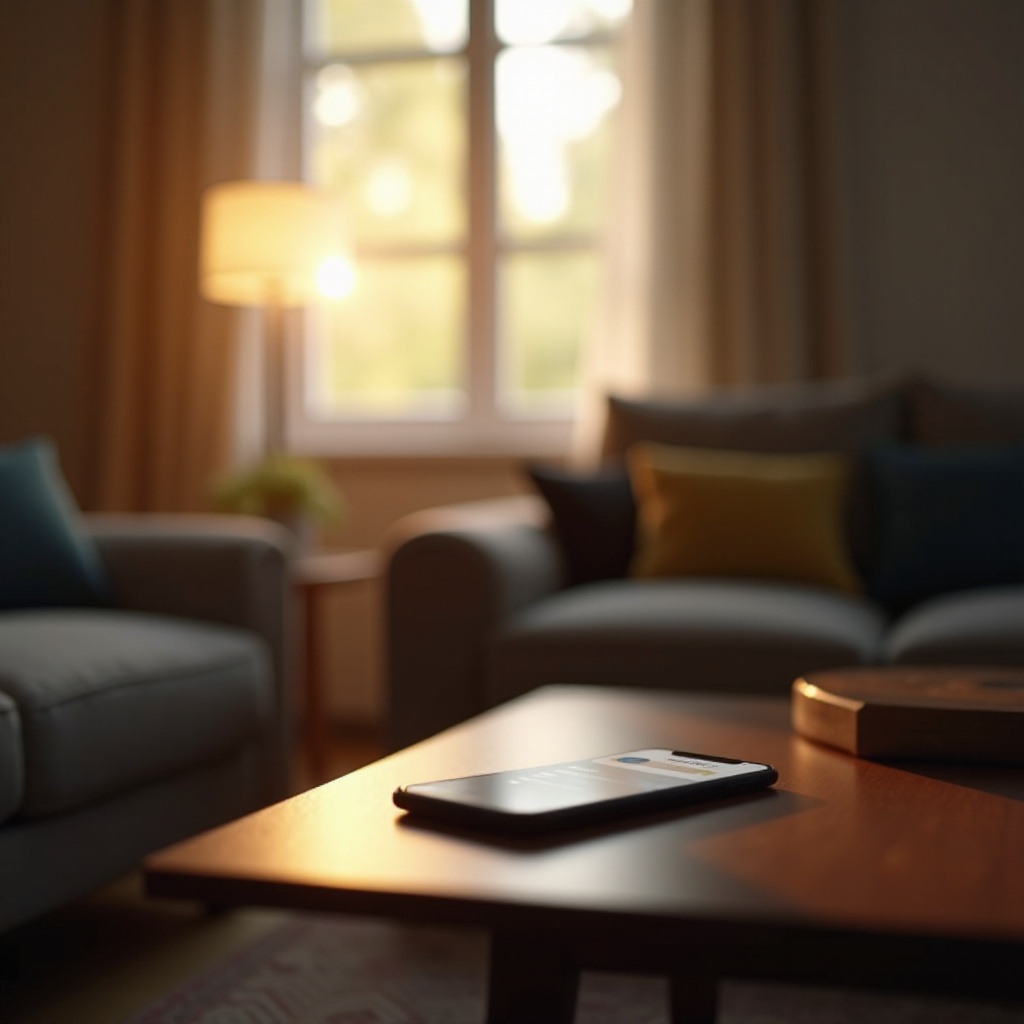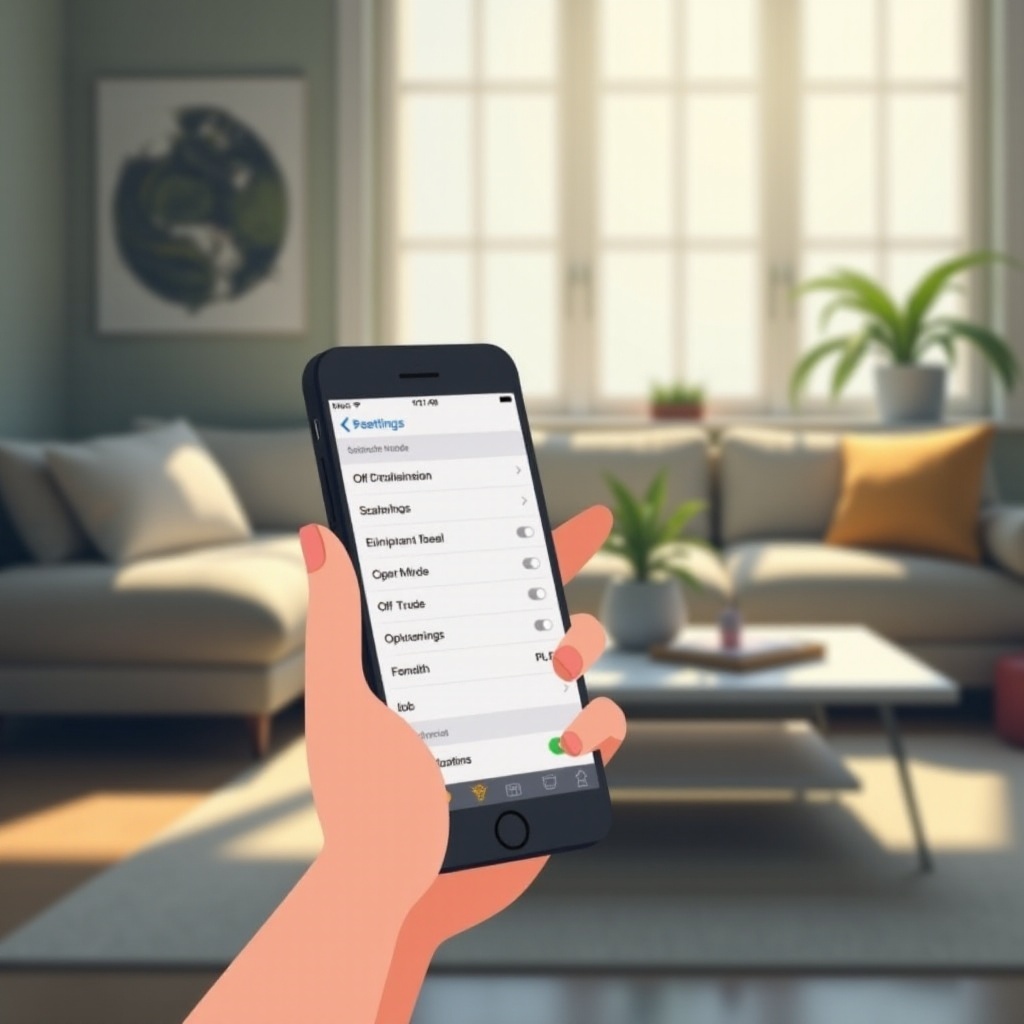Enabling airplane mode on your devices is a common practice during flights to cut off cellular signals and comply with aviation regulations. However, many ponder if this feature serves any purpose when used within the comforts of our homes. This article investigates the scenarios and implications of keeping airplane mode on or off at home, guiding you toward an informed decision.
Introduction
Airplane mode turns off your device’s wireless signal capabilities, including cellular, Wi-Fi, and Bluetooth. While its key role is in flight safety, people have started to wonder whether enabling it at home might offer additional benefits. This comprehensive look explores why you’d consider using airplane mode at home, weighing the potential upsides against the limitations.

Understanding Airplane Mode
To fully appreciate its effectiveness, one must understand what airplane mode does. Once activated, it prevents your device from sending or receiving any wireless signals. This was initially designed to prevent signal interference in aircraft, but it can also serve several functions in day-to-day life.
By reducing the search for signals, airplane mode can conserve battery life and offer a much-needed break from the flood of digital notifications. However, be aware it limits communication abilities and Internet access unless manually reactivated.

Benefits of Using Airplane Mode at Home
There are practical advantages to adopting airplane mode at home:
-
Reducing Screen Time and Distractions: By silencing notifications, airplane mode helps maintain focus and reduces the temptation to engage in endless scrolling or continual messaging.
-
Conserving Battery Life: Since the device does not expend energy seeking signals, users can extend battery life, which could be advantageous in avoiding frequent recharging.
-
Reducing Electromagnetic Exposure: Some individuals are concerned about prolonged exposure to electromagnetic frequencies. Airplane mode offers a potential method to limit this, though scientific backing is yet to be conclusive.
These benefits show that, in certain contexts, maintaining airplane mode at home might be a logical choice.
Drawbacks of Keeping Airplane Mode On at Home
Before adopting airplane mode as a staple at home, consider its drawbacks:
-
Missing Important Calls and Notifications: You’ll be unavailable for real-time communication, which might be impractical if emergencies or critical messages arise.
-
Inability to Access Internet Services: With wireless connectivity turned off, accessing online materials, streaming content, or browsing the web is halted, obstructing tasks requiring Internet access.
-
Impact on Smart Home Devices: Smart home systems rely on constant internet connection. Airplane mode can disrupt these functionalities, leading to inefficiencies.
Being mindful of these limitations can help one make an informed choice regarding airplane mode’s practical use.
Situations Where Airplane Mode at Home Makes Sense
Despite its downsides, specific contexts make airplane mode advantageous:
-
Nighttime Usage and Sleep Quality: Switching to airplane mode at night might enhance sleep quality by reducing interruptions and removing blue light exposure, which can disrupt sleep patterns.
-
Focused Work Periods: Whether you’re working remotely, studying, or engaging in creative tasks, airplane mode eliminates digital distractions, fostering concentration.
-
Ensuring Personal Time: During family togetherness, or while indulging in hobbies, activating airplane mode ensures you remain present without technological disruptions.
Recognizing these situations allows you to utilize airplane mode effectively.
Alternatives to Airplane Mode for Managing Connectivity
For those who find airplane mode a bit too restrictive, several alternatives offer a more nuanced approach to connectivity management:
-
Do Not Disturb Features: Adjusting your device’s do-not-disturb settings keeps unwanted alerts at bay while allowing critical communications to pass through.
-
Customizing Notification Settings: Tailoring notification levels for individual apps ensures you stay connected to important updates without unnecessary disruptions.
These options present flexibility in remaining accessible while managing digital noise effectively.

Conclusion
Determining whether to use airplane mode at home ultimately comes down to personal preference and lifestyle needs. By understanding its merits and limitations, you can make strategic decisions aligned with your daily routines and digital engagement levels. Experimenting with various settings allows you to strike a balance between connectivity, productivity, and peace.
Frequently Asked Questions
Does Airplane Mode Save Battery at Home?
Yes, airplane mode reduces battery use by disabling signal searching, conserving energy significantly.
Can I Use Wi-Fi When Airplane Mode Is On?
Yes, Wi-Fi can be manually turned on while in airplane mode, allowing Internet access without cellular connectivity.
Is It Safe to Sleep with My Phone in Airplane Mode?
Yes, using airplane mode during sleep can reduce disruptions and possible radiation exposure, contributing to better rest.
